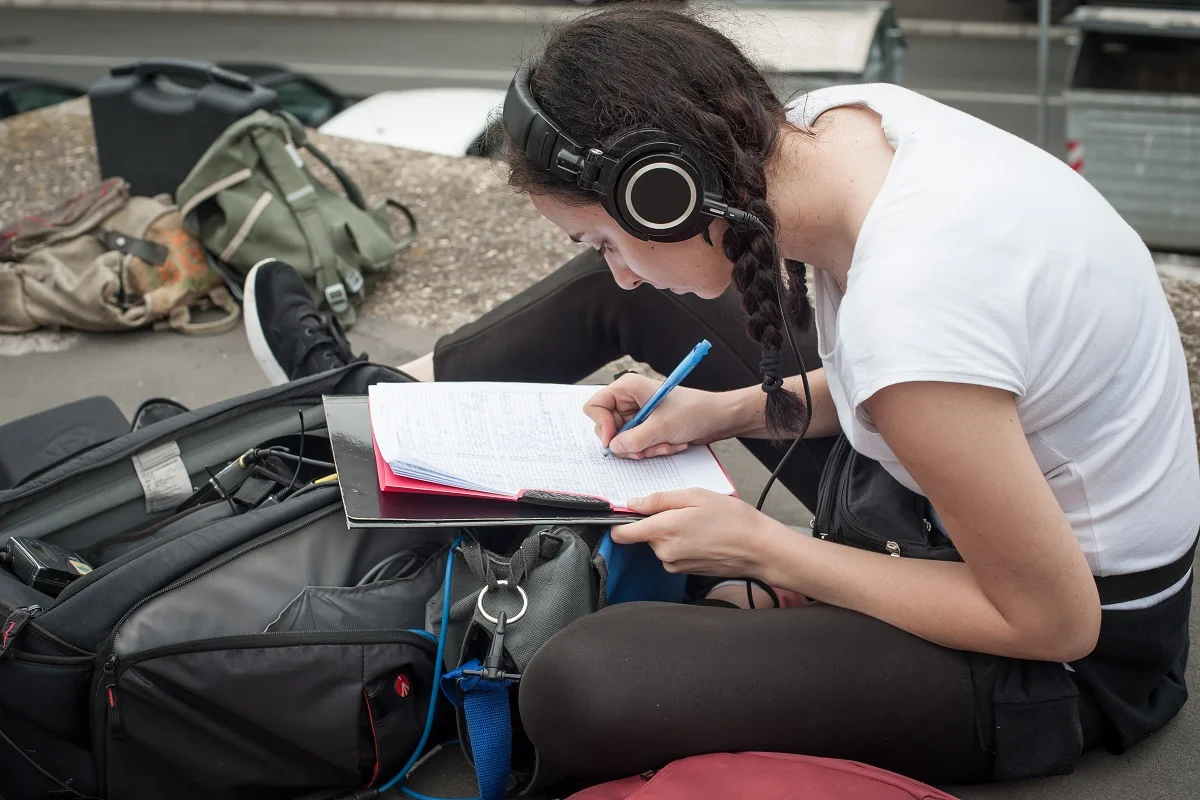In today’s fast-paced, digital-first world, journalism is no longer confined to print newspapers or evening broadcasts. The modern journalist is expected to be a storyteller, a digital content creator, a video editor, and sometimes even a social media strategist—all rolled into one. This dynamic shift has given rise to multimedia journalism degree programs, designed to equip aspiring journalists with the skills needed to thrive across various platforms.
What Is Multimedia Journalism?
Multimedia journalism blends traditional reporting with digital tools and techniques. It involves producing content across text, video, audio, and interactive media to tell compelling stories in innovative ways. From podcasting and video production to data visualisation and mobile reporting, multimedia journalists use technology to enhance the way news is delivered and consumed.
Why Pursue a Degree in Multimedia Journalism?
A degree in multimedia journalism offers a structured pathway for those looking to build a career in the evolving media landscape. Unlike traditional journalism courses that focus mainly on writing and reporting, multimedia programs expand the skill set to include:
- Video production and editing
- Audio storytelling and podcasting
- Web and mobile journalism
- Social media strategy and audience engagement
- Data journalism and visualization
- Digital ethics and media law
These programs are ideal for students who want to master multiple formats and develop flexibility in how they deliver news and storytelling content.
Core Curriculum and Coursework
While every university may structure its curriculum slightly differently, most multimedia journalism programs include a blend of theory and practical application. Typical courses might include:
- News Reporting and Writing
- Digital Media Production
- Visual Storytelling
- Mobile and Social Media Journalism
- Broadcast Journalism
- Media Ethics and Law
- Documentary and Investigative Reporting
Students often have access to hands-on labs, campus newsrooms, and internships that simulate real-world newsroom experiences.
Skills You’ll Gain
Graduates of multimedia journalism programs walk away with a versatile toolkit that includes:
- Storytelling across platforms (text, video, audio, web)
- Technical proficiency in editing software (e.g., Adobe Premiere Pro, Audacity, Final Cut)
- Understanding of digital platforms and analytics
- Ability to work independently or as part of a digital newsroom
- Critical thinking, research, and interviewing skills
- These abilities are not only essential in journalism but also transferable to marketing, public relations, and content creation roles.
Career Opportunities
With multimedia journalism skills, graduates can pursue roles in:
- News organizations (TV, radio, online outlets)
- Digital publications and blogs
- Multimedia production companies
- Social media and content strategy teams
- Non-profits and advocacy groups
- Freelance reporting or podcast production
Job titles may include multimedia reporter, digital producer, video journalist, content creator, or social media editor.
Choosing the Right Program
When exploring degree options, prospective students should consider:
- Accreditation and reputation of the institution
- Hands-on experience offered through labs, internships, or student-run media
- Faculty expertise in digital and multimedia storytelling
- Access to equipment and editing software
- Alumni success and industry connections
Many universities also offer online or hybrid options, making the degree more accessible for working professionals or students in different locations.
Final Thoughts
A multimedia journalism degree opens the door to a wide range of storytelling possibilities. In a time when news is increasingly consumed through videos, podcasts, and social media feeds, the ability to report and produce content across formats is a powerful asset. Whether you’re passionate about uncovering the truth, highlighting underrepresented voices, or simply telling great stories, multimedia journalism gives you the tools to do it—and to do it well.
Key Takeaways:
- Today’s journalists must master multiple skills, from storytelling and video editing to digital content creation and social media.
- Multimedia journalism combines traditional reporting with digital tools to produce content in text, video, audio, and interactive formats.
- Degree programs prepare students to work across platforms, offering training in video production, podcasting, mobile journalism, social media strategy, and data storytelling.
- Coursework typically blends theory with hands-on learning, covering topics like news writing, digital media production, visual storytelling, and investigative reporting.
- Students gain real-world experience through internships, campus newsrooms, and multimedia labs.
- Graduates leave with versatile skills, including editing, analytics, content creation, and critical thinking—useful not only in journalism but also in marketing and PR.
- Career options include roles in news outlets, digital media, social media strategy, nonprofits, and freelance reporting.
- Job titles might include digital producer, content creator, video journalist, or social media editor.
- When choosing a program, consider accreditation, hands-on opportunities, faculty expertise, access to equipment, and alumni success.
- Online and hybrid formats are increasingly available, offering flexible options for learners.
- A degree in multimedia journalism equips students to create impactful stories for today’s diverse digital audiences.
As the media landscape evolves, multimedia journalism professionals play a crucial role in storytelling and audience engagement. Key takeaways include a diverse skill set, digital literacy, and ethical journalism practices. To enhance your skills further, consider exploring the NYU | Modern Journalism online course and certificate program offered by Yellowbrick for comprehensive training in multimedia journalism.








